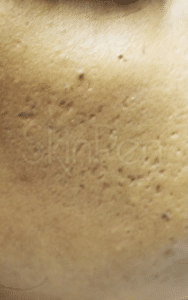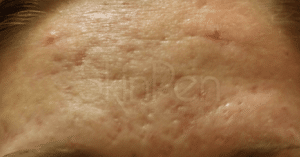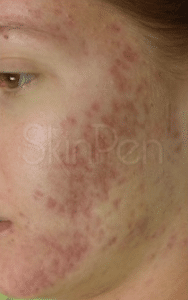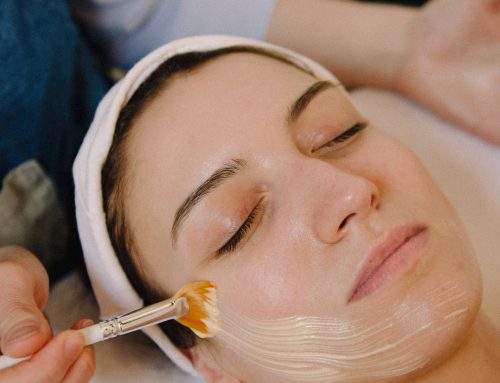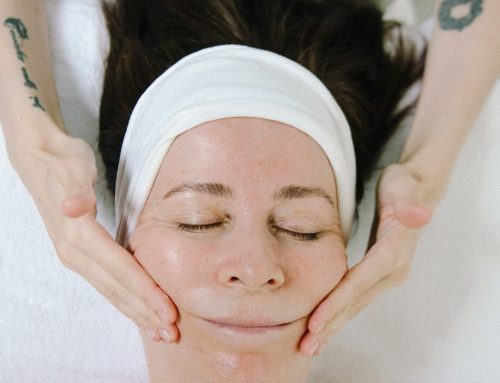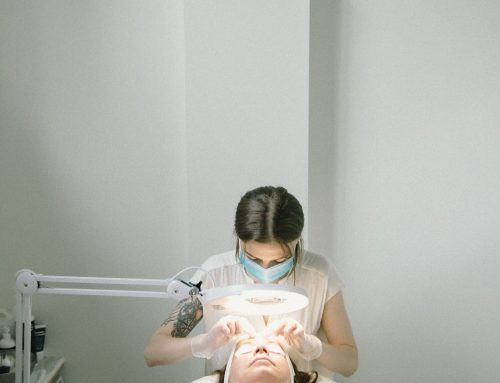Understanding and Treating Acne Scars: A Comprehensive Guide
Acne is an extremely common skin condition that can be a concern well beyond your teen years. While breakouts can be frustrating enough, the aftermath of acne often comes in the form of acne scars. These scars, a reminder of the battle with acne, can impact a person’s self-esteem and confidence. Fortunately with relatively recent innovations in the skincare industry, pesky acne scars can be addressed safely and with much less downtime than in the past.
If you are wondering:
- what kind of acne scars you have
- how acne scars form
- how long it takes for acne scars to fade
- how you can effectively treat them professionally and/or with at-home skincare
Let’s dive in!
Types of Acne Scars
Acne scars come in various forms, each with distinct characteristics. Understanding the type of scare you have will help you decide on the targeted approach to take in treating them. The following are the most common types of acne scars:
Ice Pick Acne Scars
Deep, narrow scars that resemble puncture marks.
Formation: Caused by cystic acne or inflamed blemishes.
Treatment options: Professional treatments such as chemical peels, microneedling, or laser resurfacing.
Rolling Acne Scars
Broad depressions with rounded edges.
Formation: Caused by damage beneath the skin’s surface that leads to uneven collagen production.
Treatment options: Subcision, dermal fillers, microneedling, or microdermabrasion can help improve rolling scars.
Boxcar Scars
Broad, rectangular depressions with sharp edges.
Formation: Caused by inflammatory acne and loss of collagen.
Treatment options: Laser therapy, chemical peels, or microneedling are often effective for boxcar scars
Post Inflammatory Hyperpigmentation (PIH) Acne Scars
Reddish and/or purplish marks that are left behind after the blemish has healed.
Formation: Caused by melanocytes injecting melanin into the dermis area as part of the inflammation cascade that occurs with a breakout.
Treatment options: Bi-weekly microdermabrasion or chemical peel treatments, and/ or microneedling treatments can help fade post inflammatory hyperpigmentation acne scars.
Formation of Acne Scars
Understanding the formation of acne scars provides insight into the various treatment approaches. The process typically involves:
- Inflammation:
- Prolonged inflammation in the dermis damages collagen and elastin fibers.
- The body attempts to repair this damage, leading to the formation of scar tissue and/or discolouration in the dermis layer of the skin.
- Collagen Imbalance:
- Excessive collagen production results in raised scars (keloids or hypertrophic scars).
- Existing collagen fibres are damaged during the inflammation cascade, which leads to depressed or indented scars.
Professional Treatments for Acne Scars
NOTE: the sooner you can address a scar, the faster it can be healed.
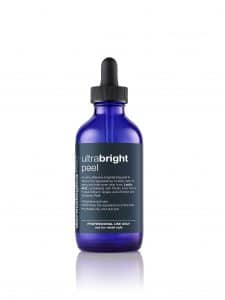 While at-home skincare can improve the appearance of acne scars, professional treatments offer more intensive solutions. Here are some widely used options:
While at-home skincare can improve the appearance of acne scars, professional treatments offer more intensive solutions. Here are some widely used options:
Chemical Peels
-
- Chemical solutions, often containing hydroxy acids (lactic acid, glycolic acid and salicyclic acid etc.) are applied to the skin to detach the outermost layer of skin cells, thereby fading hyperpigmentation and stimulating collagen production to reduce the depth and visibility of scars.
Best for: Reducing the appearance of mild to moderate acne scars and post-inflammatory hyperpigmentation (PIH) acne scars.
Microneedling
-
- Fine needles create millions of tiny punctures in the skin, activating a wound healing cascade that stimulates collagen synthesis and reduces the appearance of scars.
Best for: Depressed, rolling, and boxcar scars, and improving overall skin texture and firmness.
Ablative Laser Resurfacing
-
- Ablative laser technology removes the damaged skin layer by layer, promoting collagen regeneration. This treatment involves sending heat into the skin tissues to remodel the collagen fibers.
Best for: Severe acne scars, but may require several sessions. Considerations to take into account: safety of the laser for your skin type, downtime/recovery, and photo-sensitivity post treatment.
FAQs
How many sessions are needed?
As it pertains to the treatments we offer (chemical peels and SkinPen® microneedling), a minimum of 3 treatments is needed to begin. While you can see improvements after just one treatment, to achieve substantive scar revision results, further treatments are required. The types of acne scars, their severity, and the goals you have in mind for your skin will determine how many treatments you will need beyond the initial 3.
How much will it cost?
- The chemical peel treatments we offer start at $125, so a series of 3 treatments would require an investment of $375 + GST.
- As a more advanced treatment, there are greater costs involved with SkinPen® microneedling. For treatments focused solely on the face, a series of 3 treatments will cost $1050 + GST
- Ablative laser treatments on average cost upwards of $1K per treatment
At-Home Skincare for Acne Scars
 While professional treatments provide significant results, as with any skin concern, consistent at-home skincare is crucial in maintaining and optimizing the outcomes. Consider incorporating the following practices:
While professional treatments provide significant results, as with any skin concern, consistent at-home skincare is crucial in maintaining and optimizing the outcomes. Consider incorporating the following practices:
- Cleansing and Exfoliating:
- Use a gentle cleanser to cleanse the skin without stripping its natural oils.
- Exfoliate regularly with a hydroxy acid based product to remove dead skin cells and improve skin texture and tone.
- Moisturizing:
- Choose a moisturizer suitable for your skin type to keep the skin hydrated.
- Look for products containing ingredients like hyaluronic acid or pigment inhibiting ingredients that will promote scar healing.
- Sun Protection:
- Protect your skin from harmful UV rays by applying sunscreen with a minimum SPF 30 daily.
- Sun exposure and blue light can worsen the appearance of acne scars and hinder the healing process. We recommend using a mineral sunscreen that contains zinc; these formulas are naturally anti-inflammatory and provide an effective shield against blue light.
Acne scars can be a distressing consequence of acne, but with the right knowledge and treatment, they can be effectively managed. Professional treatments, such as chemical peels, microneedling, and laser resurfacing, can provide significant improvements in the appearance of acne scars.
The key is to be patient. The collagen that is created as a result of your professional treatment takes time to develop—roughly 90 days. Before and after photos are an important part of this process as they help you see your outcomes. You will also want to consider ongoing maintenance treatments to enjoy long-term results.
Additionally, consistent at-home skincare practices, including cleansing, exfoliating, moisturizing, and sun protection, can help optimize results. To reach your goals, the work you do with your professional skin therapist goes hand in hand with the skincare routine you do at home.
As you have read, there is more than one way to approach revising acne scars. It’s important to temper your expectations and acknowledge that you cannot completely erase the damage, but you can significantly reduce its appearance. By understanding the different types of scars, and utilizing the appropriate treatment options, you can regain confidence in your skin and minimize the psychological impact. We hope you found this post useful! If you need more in depth guidance on how to proceed, we welcome you to book a consultation with one of our certified skin therapists. We look forward to partnering with you on your skin journey!


